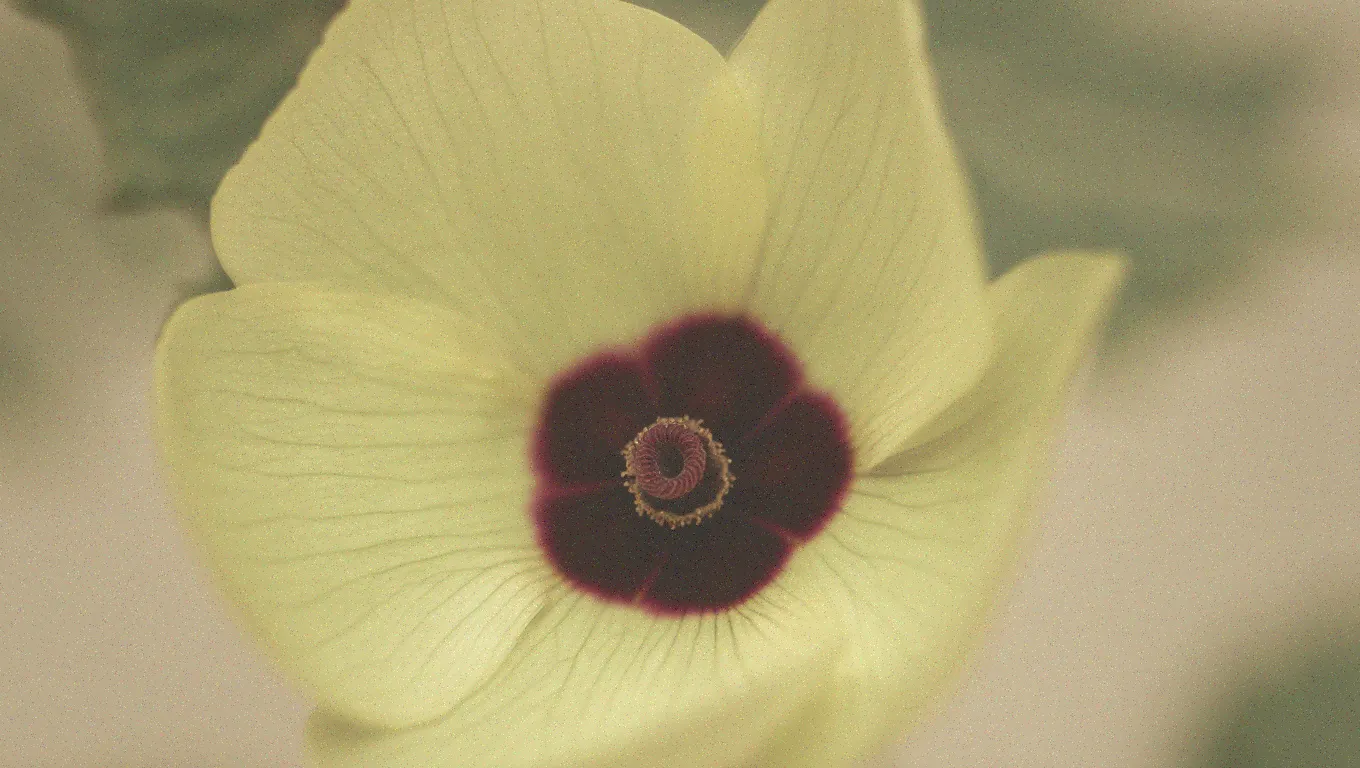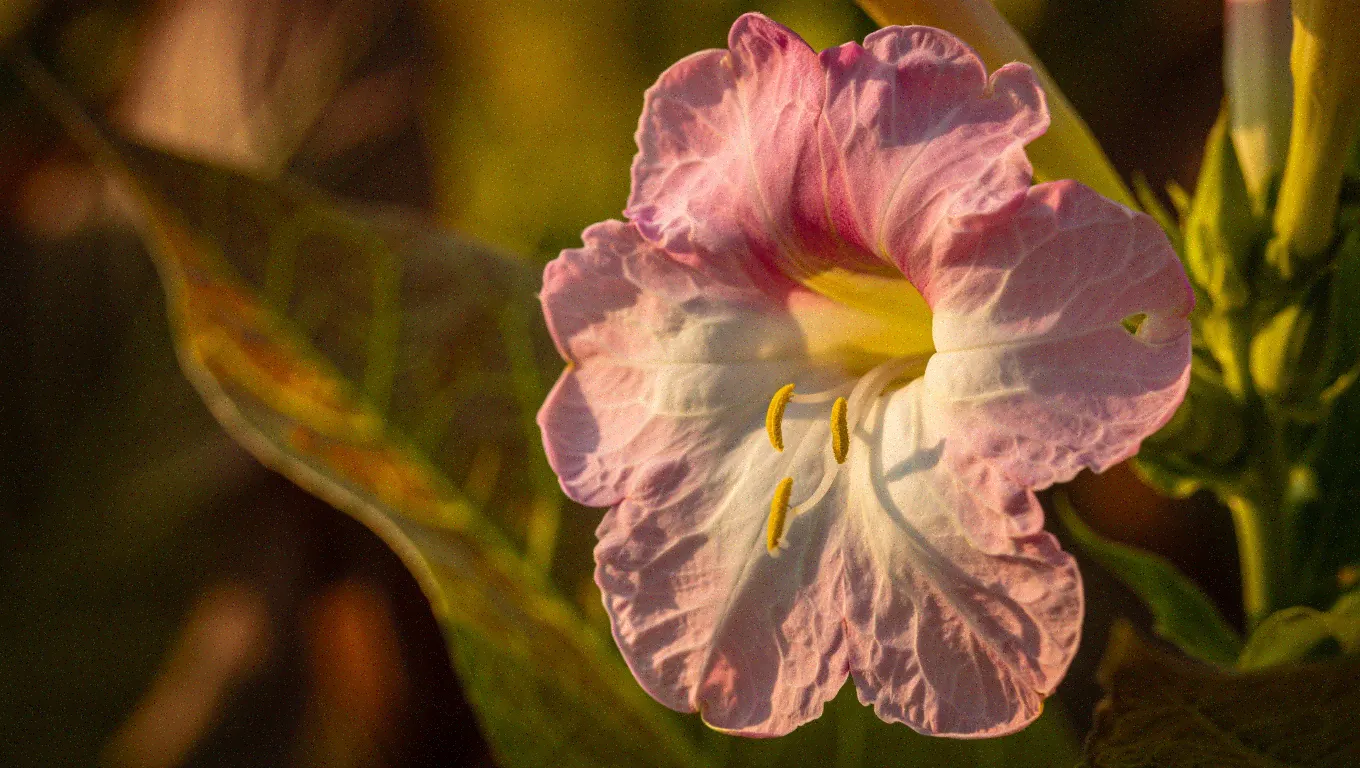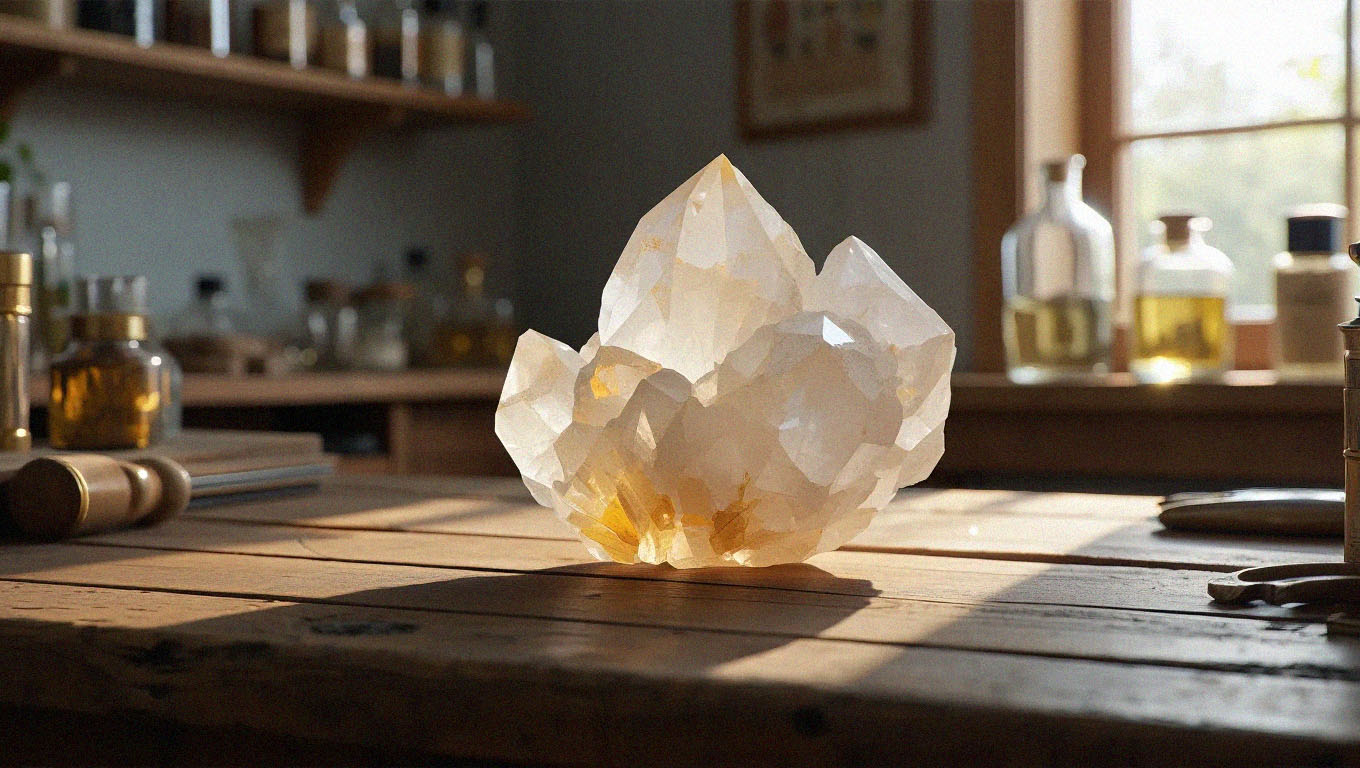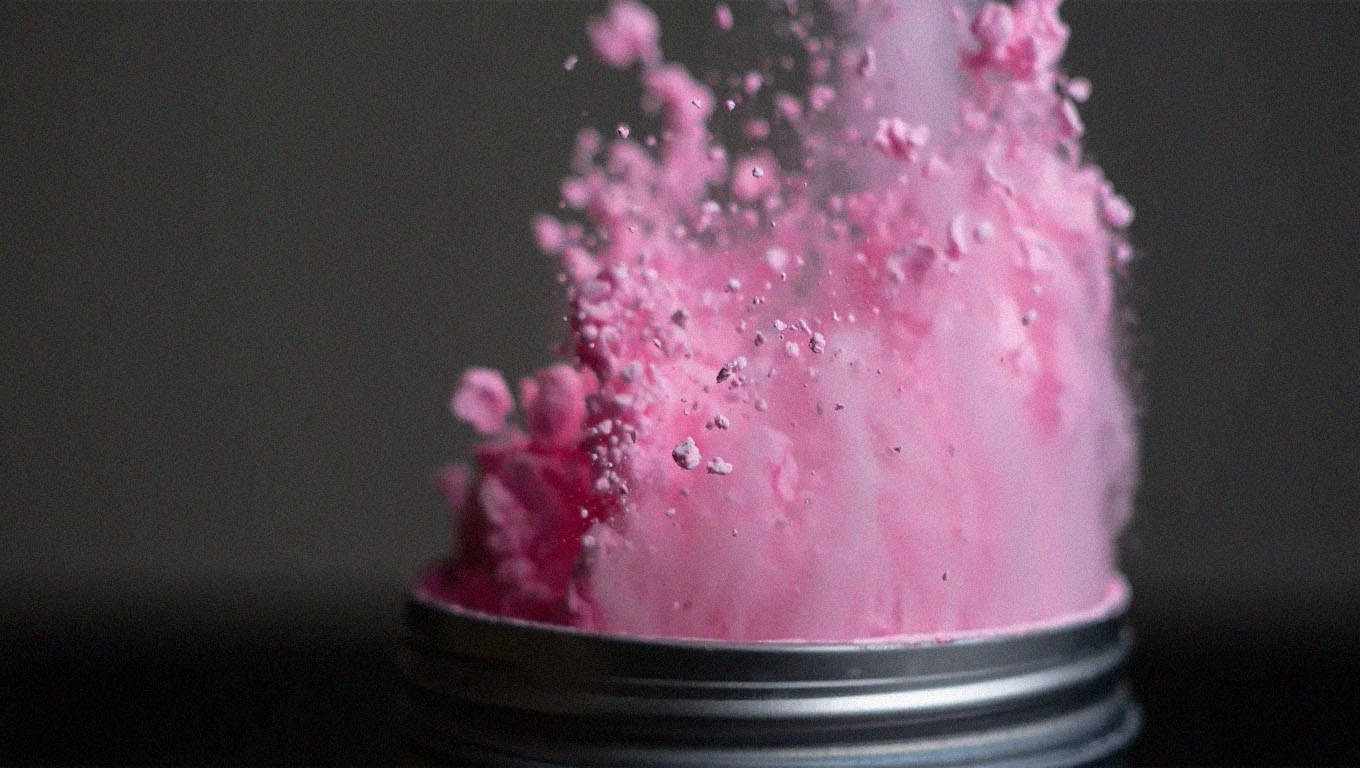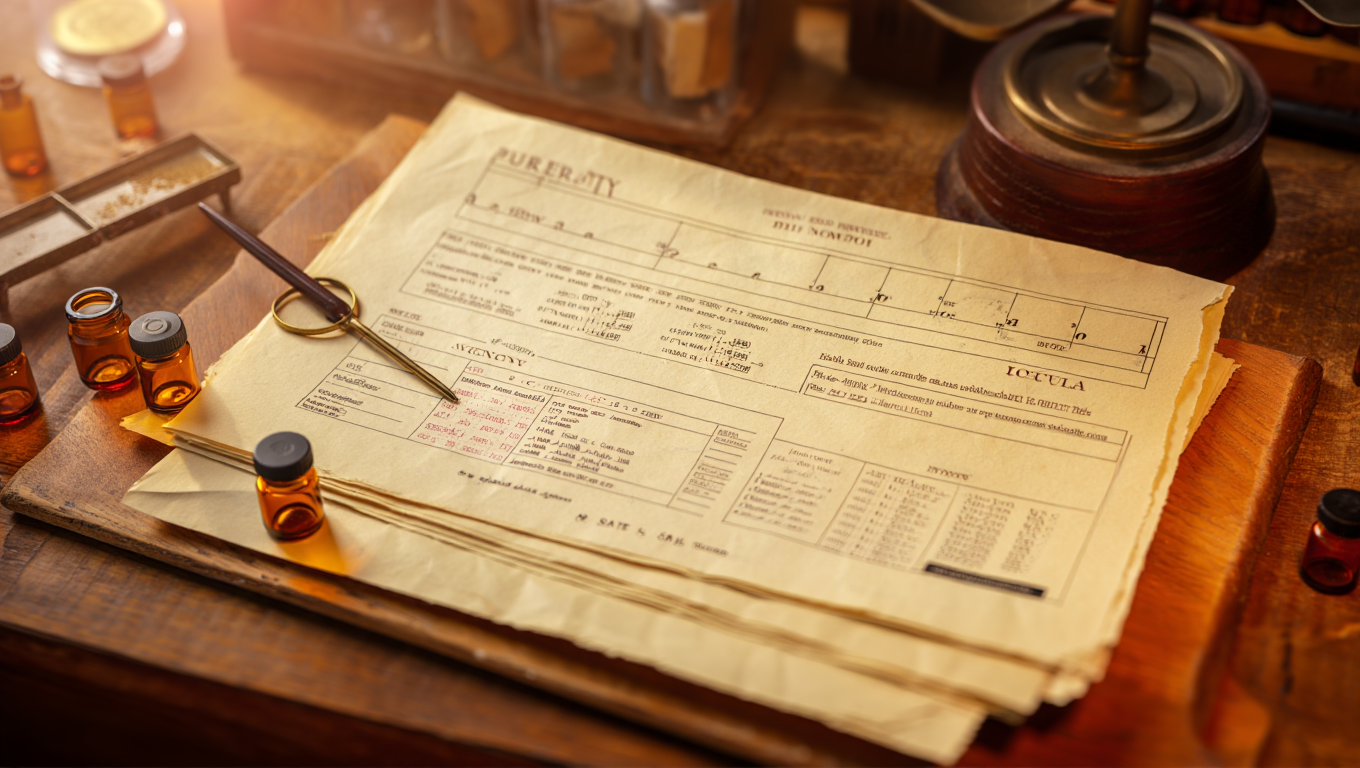Musk Ambrette to Ambrettolide Substitution Guide
Comprehensive guide for substituting discontinued musk ambrette with modern ambrettolide in vintage amber formulations. Includes substitution ratios (0.3-0.5:1), performance comparisons, and technical formulation adjustments for authentic 1970s-era character with contemporary safety compliance.
White Ambergris Chemistry Reveals Sophisticated Reconstitution Pathways
White ambergris chemistry centers on ambrein photooxidative degradation to ambroxide compounds. Modern reconstitution uses Ambroxan, Cetalox, and Ambrinol—all IFRA unrestricted. Proper dilution enables gentle sensual notes characteristic of naturally aged material.
Calypsone and Modern Marine Molecules in Perfumery
Calypsone remains a Givaudan-exclusive molecule with linear watermelon-marine character, while cascalone offers the most accessible alternative despite fundamental differences. This guide provides practical substitution strategies across fragrance categories, concentration guidelines, and comprehensive analysis of the modern marine molecule landscape spanning 15+ distinct materials.
Cistus absolute: The amber fixative in woody and leather perfumery
Cistus absolute delivers amber-balsamic character at 0.1-1% in fragrances, providing exceptional fixation and warmth. In woody accords use 5-15%, in leather formulations 10-25% for texture and animalic depth. Essential synergies with sandalwood, cedarwood, patchouli, birch tar, and quinolines.
Technical Guide to Tobacco Accords in Perfumery
Comprehensive technical guide covering tobacco accord construction from natural absolutes to synthetic aromachemicals. Includes complete formulation examples, dilution ratios, layering methodology, and IFRA compliance guidelines for creating both traditional and modern floral-powdery tobacco profiles.
Thyme White’s Phenolic Power in Woody Fragrances
White thyme oil delivers powerful phenolic-herbaceous character in woody fragrances at 0.20-10.53% concentrations, though IFRA limits it to 2.0% maximum. Cedarwood and patchouli emerge as primary partners in formulations ranging from trace complexity modifiers to major aromatic components.


